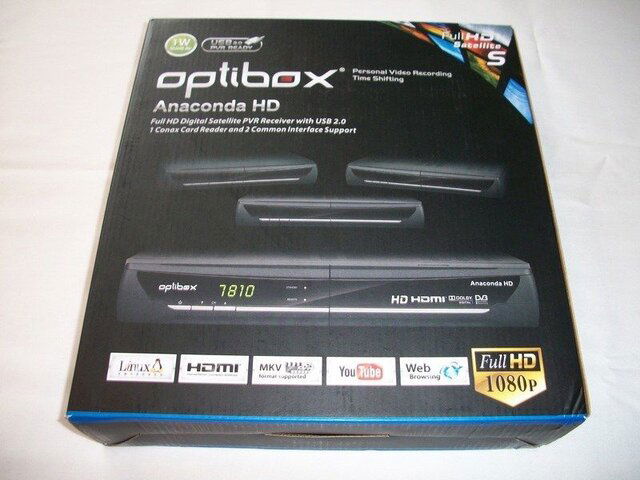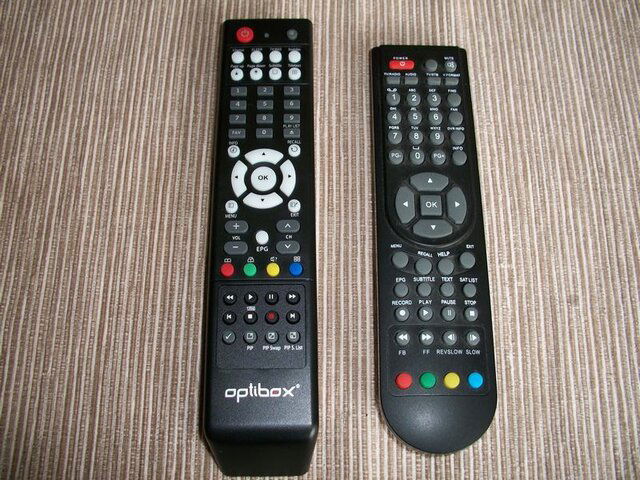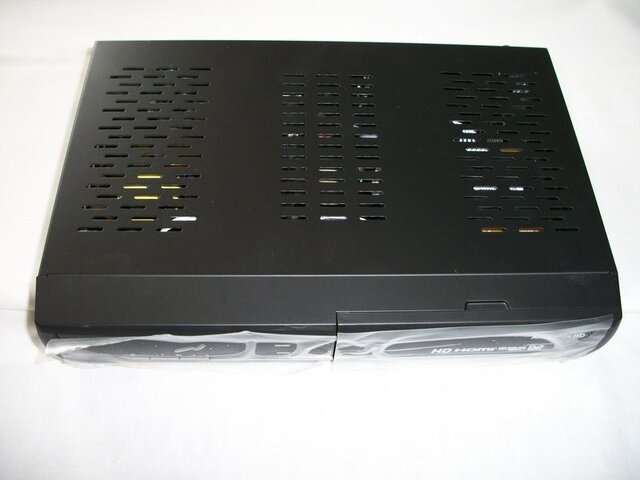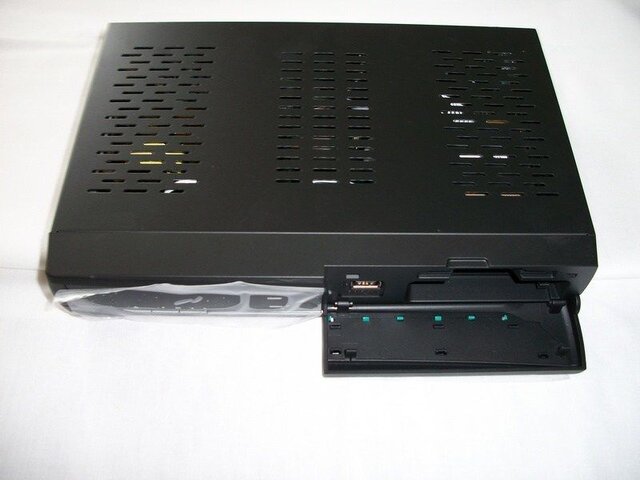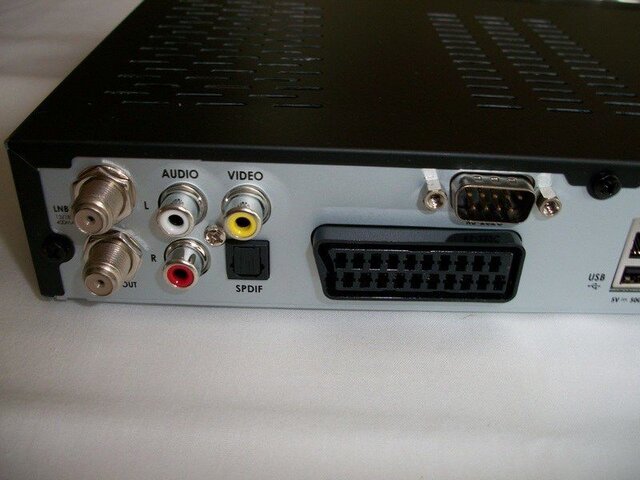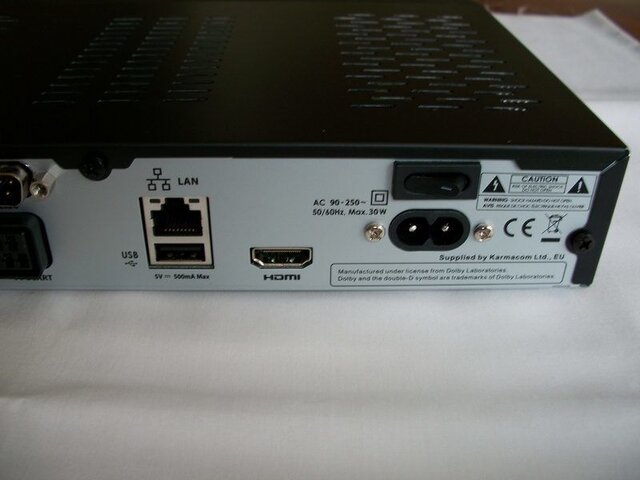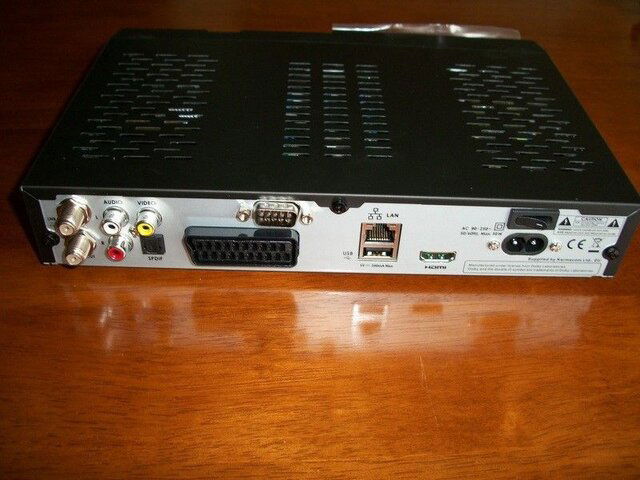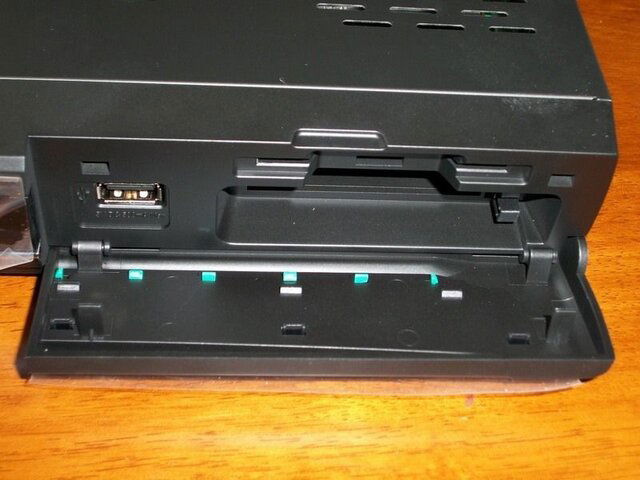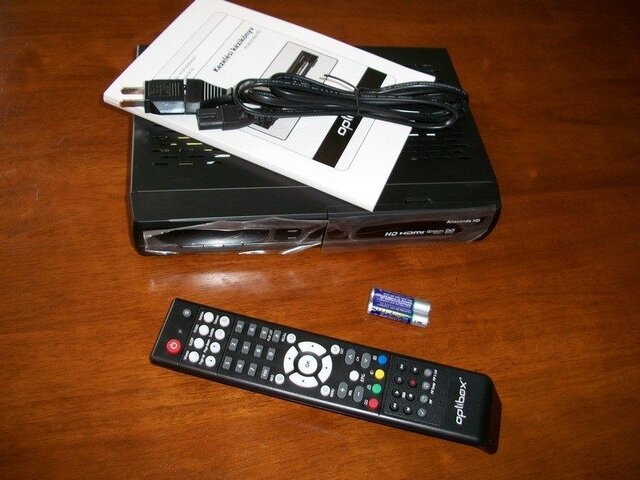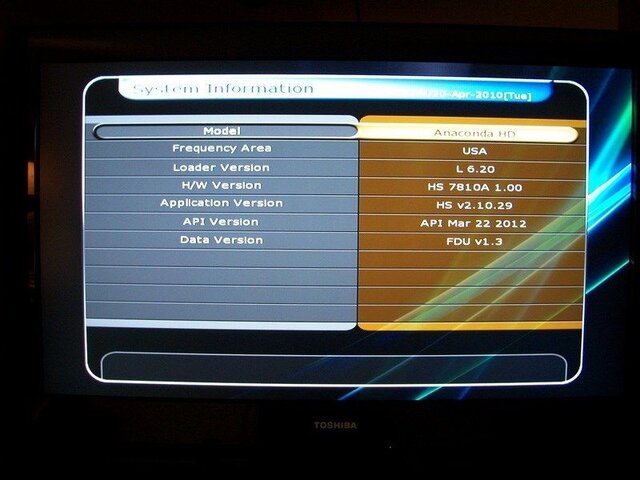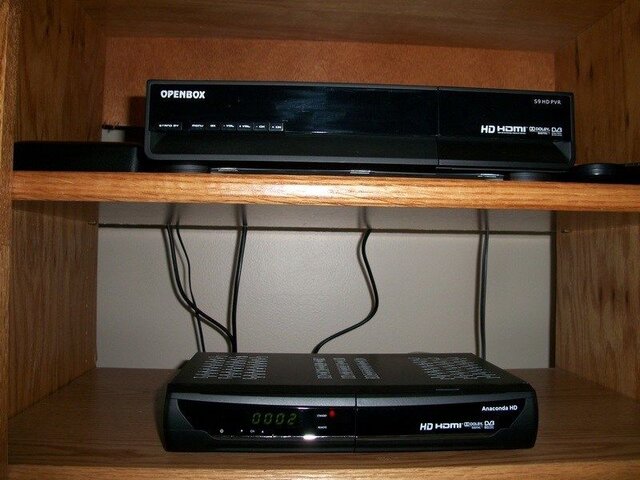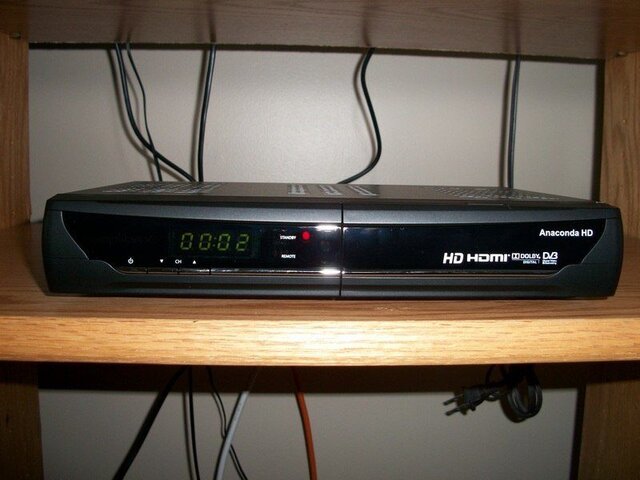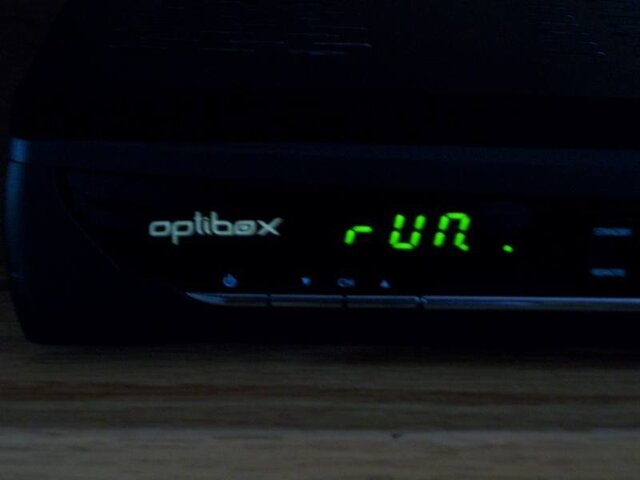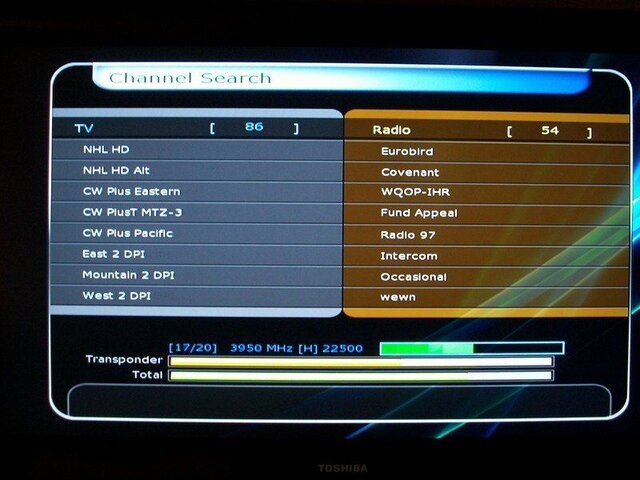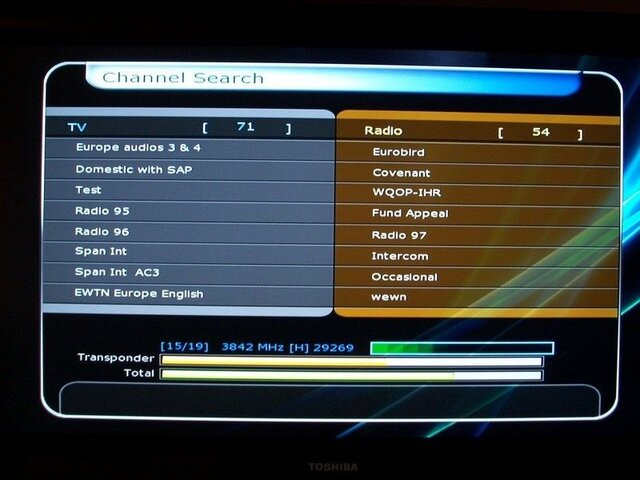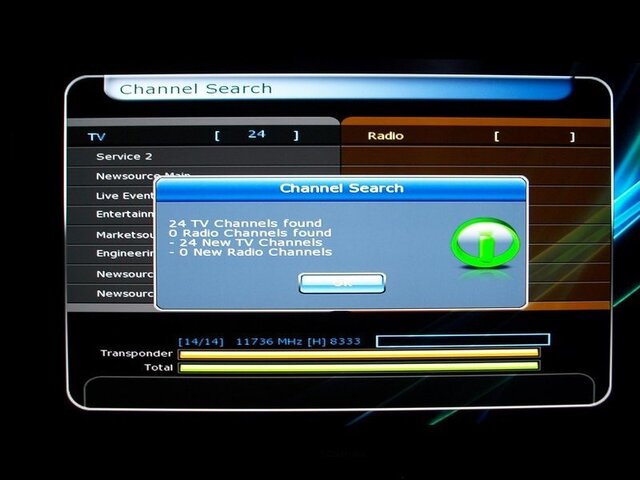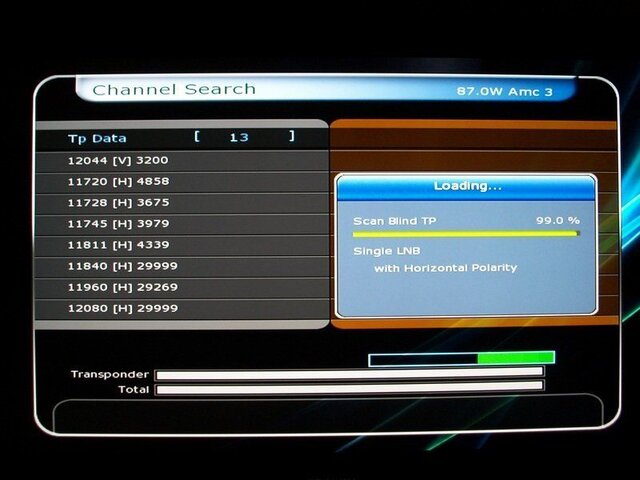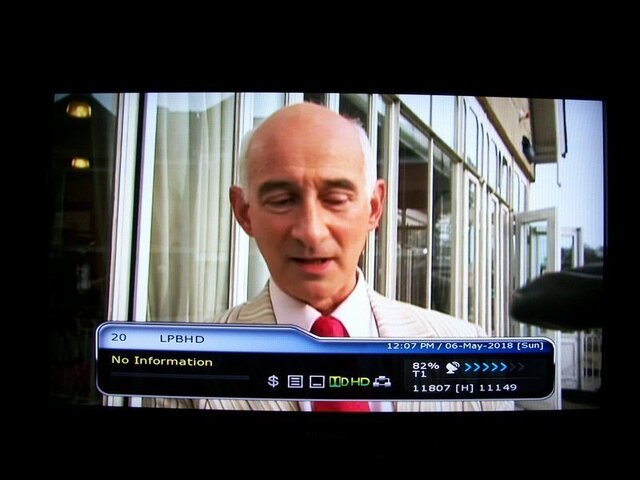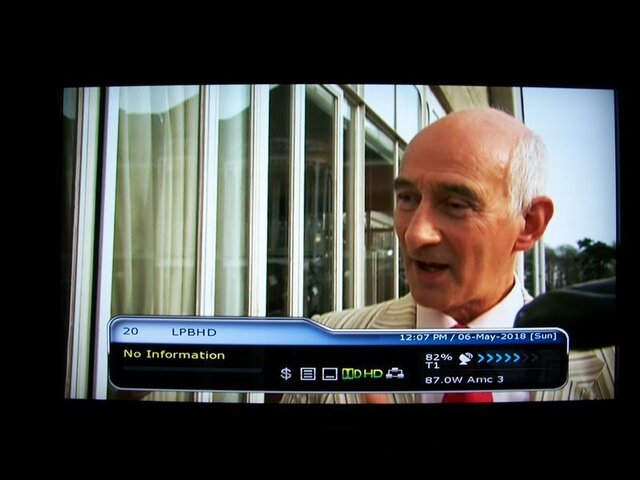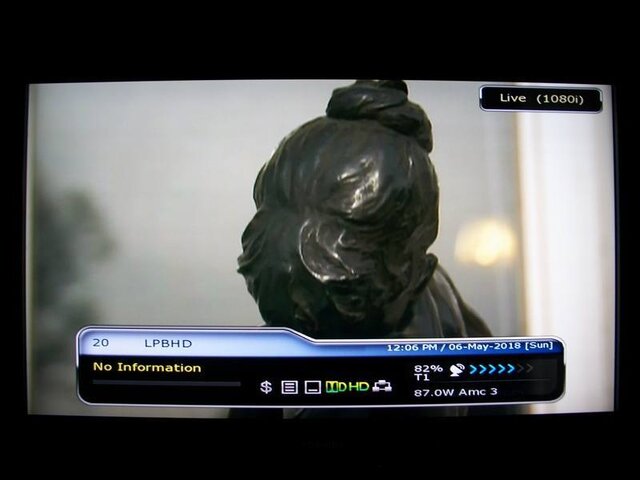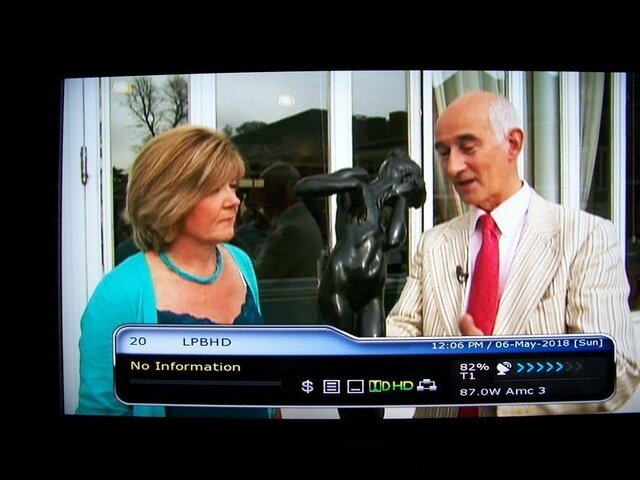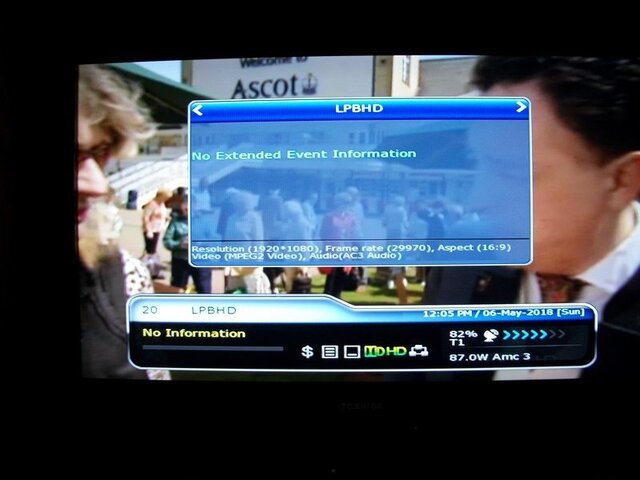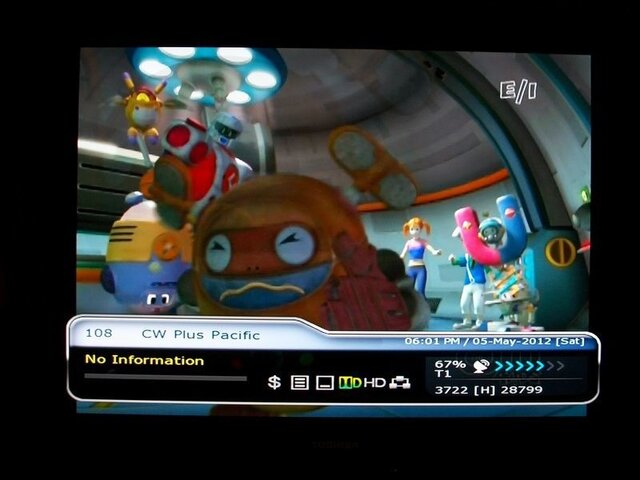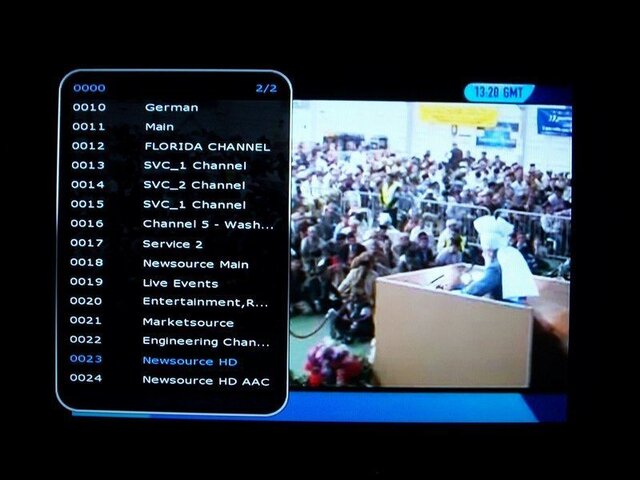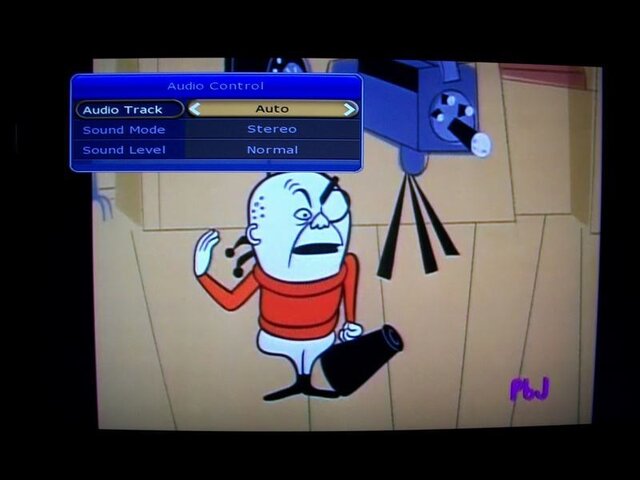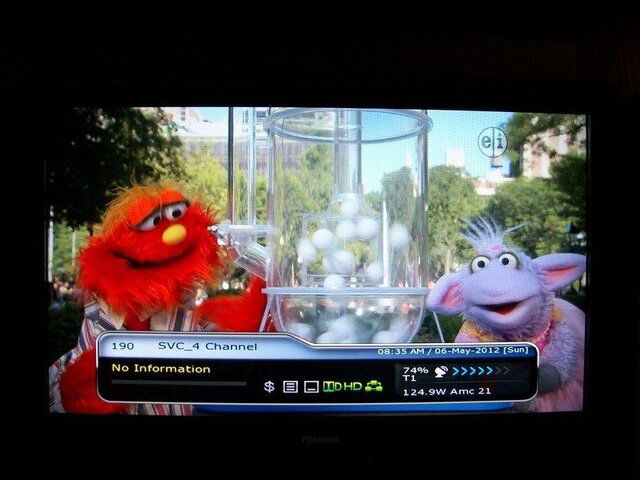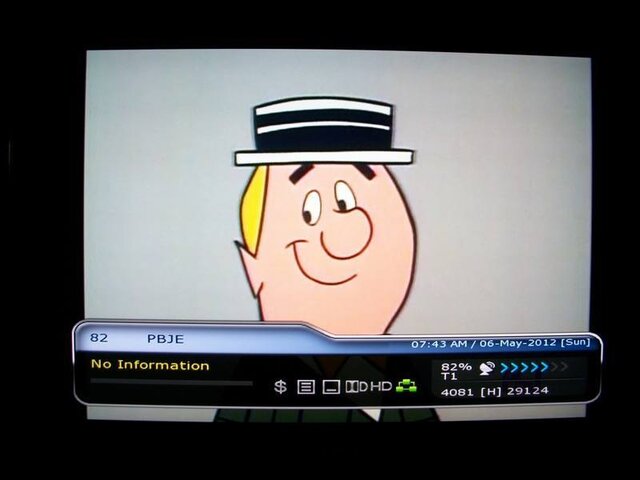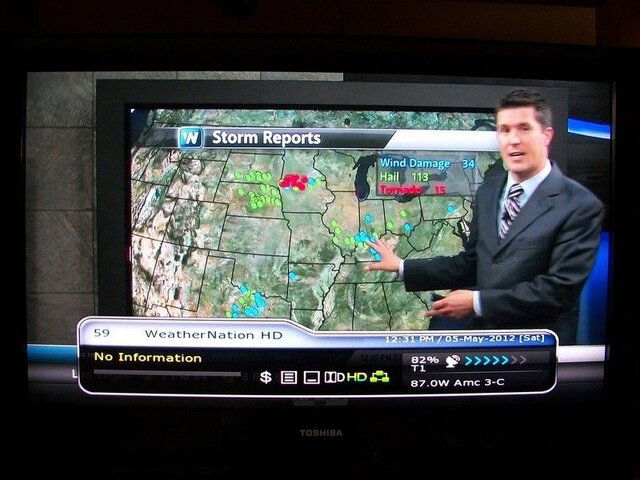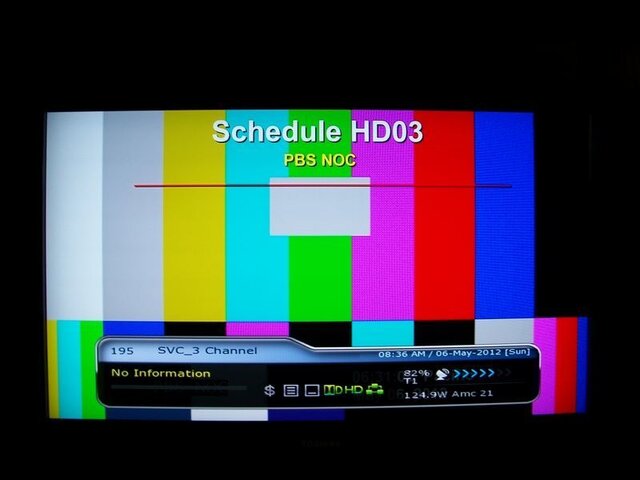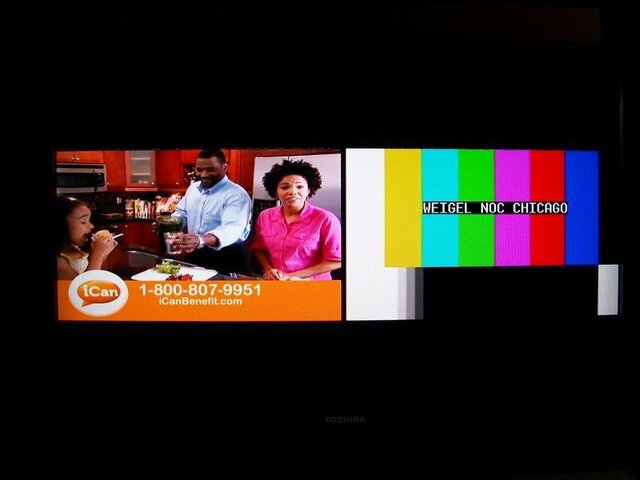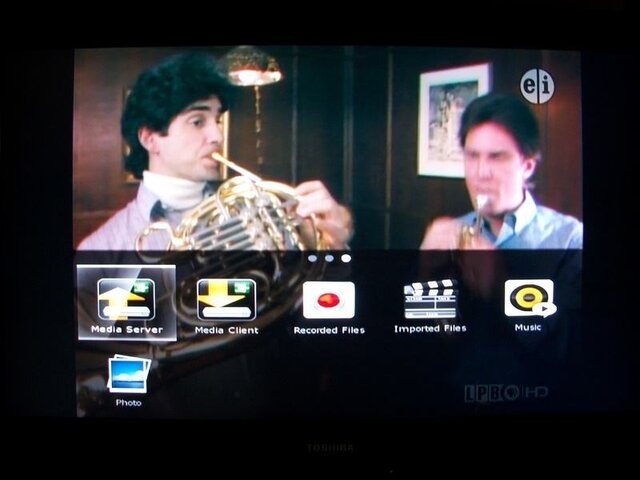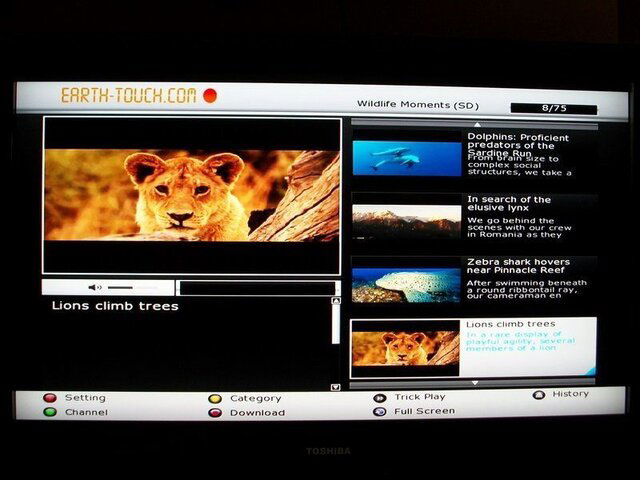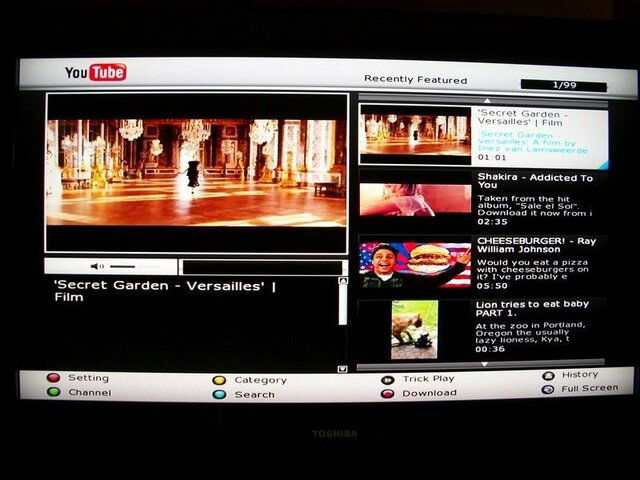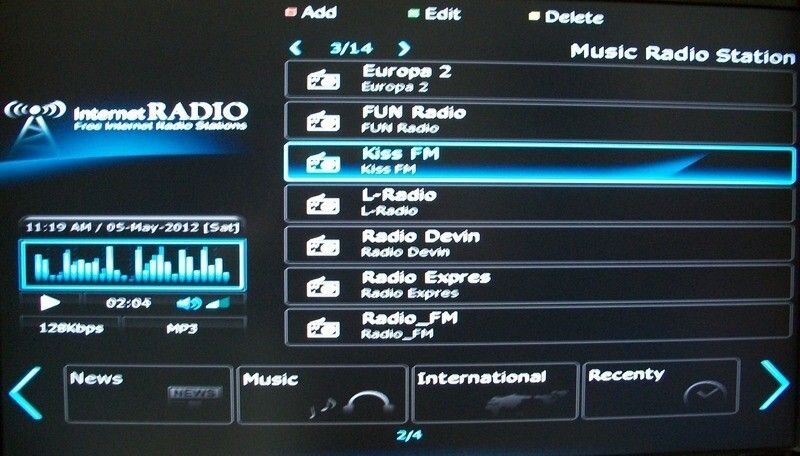Introduction:
The Optibox Anaconda HD is the newest High Definition PVR Ready, Internet Enabled, FTA Digital Receiver on the market today. With a Linux Operating System this is one of the most powerful and feature packed FTA receivers ever made. DVB-S, DVB-S2 MPEG-4 ready, 10,000 channels programmable, accurate hardware-driven blind scan, Advanced PVR and PIP functions, Web Browsing, You Tube, Internet Radio*! Features HDMI and Composite connections, Dual USB 2.0 Ports.
Retail Cost
$249
Features:
Includes:
Technical Details:
Tuner & Channel Decoder
My review of the Optibox Anaconda HD FTA Receiver will continue...
The Optibox Anaconda HD is the newest High Definition PVR Ready, Internet Enabled, FTA Digital Receiver on the market today. With a Linux Operating System this is one of the most powerful and feature packed FTA receivers ever made. DVB-S, DVB-S2 MPEG-4 ready, 10,000 channels programmable, accurate hardware-driven blind scan, Advanced PVR and PIP functions, Web Browsing, You Tube, Internet Radio*! Features HDMI and Composite connections, Dual USB 2.0 Ports.
Retail Cost
$249
Features:
- Supports MPEG4 /MPEG2 - HD/SD and Fully DVB-S2 /DVB-S Compliant
- WebBrowser support
- YouTube videos
- Intelligent Blind Scan for both SD and HD TV & Multi-Satellite Search
- Multi-LNB Controlled by DiSEqC Control Version 1.0, 1.1, 1.2 and USALS
- HDTV PVR Receiver ( H.264/ MPEG4 HD )
- Embedded Linux OS
- Time Shifting, Recording & Playback with External HDD (USB 2.0)
- Simultaneously Records of Services and allows Watching 2 others (PIP)
- Powerful Extended EPG supports and Event Recording
- Dual USB 2.0 Host ports (MP3 Player & JPEG Viewer)
- Xvid and MKV file play back supported
- Ethernet port Supported
- On-Screen Display with Full Color & Resolution
- Favorite Groups
- Powerful Service List Manager for Favorites, Lock, Skip, Move, Edit and Delete
- Service Sorting by Alphabet, Transponder and CAS
- User Friendly & Multi-language Supported (OSD & Menu)
- Teletext / Subtitle Supported
- Maximum 10,000 Services(TV & Radio) Programmable
- Picture-in-Picture (PIP) & Multi-picture Display
- Parental Lock / System Lock / Installation Lock
- HDMI Video & Audio Output (576i, 576p, 720p, 1080i, 1080p)
- CVBS(composite) Video & Audio Output via RCA
- CVBS, RGB, Video & Audio Output via TV SCART
- Optical Output for Digital Audio(SPDIF)
- Software & Service channel Database upgrade via USB & RS-232C port
- 1 Smart card reader and 2 Common Interface Slots
- 1W Stand-by Power Consumption
Includes:
- Optibox Anaconda HD FTA Receiver
- Remote Control and Batteries
- 6 Ft HDMI Cable
- Operators Manual
- Bonus FREE 4x1 DiSEqC Switch
Technical Details:
Tuner & Channel Decoder
- Input Connector: F-type, IEC 169-24, Female
- Loop through out: F-type, IEC 169-24, Female
- Frequency Range: 950MHz ~ 2150MHz
- Input Impedance: 75?, unbalanced
- Signal Level: -65 to -25dBm
- LNB Power: 13/18VDC, max.400mA
- 22KHz Tone: (22±2)KHz, (0.6±0.2)V
- DiSEqC Control: V1.0/1.2/USALS Compatible
- Demodulation: QPSK / 8PSK
- Input Symbol Rate: 2 ~ 45 Ms/s(QPSK of DVB-S)
- 2 ~ 45 Ms/s(QPSK of DVB-S2)
- 2 ~ 35 Ms/s(8PSK of DVB-S2)
- FEC Decoder: 1/2, 2/3, 3/4, 5/6 and 7/8 with
- Constraint Length K=7(DVB-S)
- 1/2, 3/5, 2/3, 3/4, 4/5, 5/6, 8/9 and 9/10 (DVB-S2/QPSK)
- 3/5, 2/3, 3/4, 5/6, 8/9, 9/10(DVB-S2/8PSK)
- Transport Stream: H.264(MPEG-4 part 10, MPEG-4/AVC and H26L)
- Profile Level: MPEG-II ISO/IEC 13818-2/11172-2, MPEG-4/AVC MP@L4, MPEG-II MP@HL
- Input Rate: Max. 80Mbit/s
- Video Formats: 4:3 Letter Box, 4:3 PanScan, 16 : 9
- V Resolution: 720x576i, 720x576p, 720x480i, 720x480p, 1280x720p, 1920x1080i, 1920x1080p (supports only HDMI)
- Audio Decoding: Dolby Digital, MPEG-1 Layer 1,2 and 3
- Audio Mode: Stereo/Joint stereo/Mono, Dolby Digital bitstream
- Sampling Rate: 32KHz, 44.1KHz and 48KHz(According to input)
- Main Processor: STi chipset
- Flash-ROM : 32 Mbyte
- SDRAM : 256 Mbytes
- EEPROM : 256 bytes
- TV SCART: RGB, CVBS Video, Audio L, R Output
- RCA: Video & Audio Output
- OPTICAL: Dolby Digital (SPDIF)
- RS-232C: 9 pin D-SUB (Male) type, Transfer rate 115Kbps
- USB: USB 2.0 Host Front & Rear Support. (5V DC 500 mA Max.)
- Ethernet: RJ45 connector, 100 Mbps
- Slot: 2 Common interface PCMCIA slot
- 2 Smart Card Slot
- 2 USB 2.0 Host port
- Display: 4 Digit 7-Segment
- Buttons: 3 Buttons (Standby, CH UP/DOWN)
- Input Voltage: AC 100 ~ 250V, 50/60Hz
- Type: SMPS
- Power Consumption: Max. 30W
- Standby Power: Max. 1W
- Protection: Separate Internal Fuse & Lighting protection
- Size (W x H x D): 260mm X 43mm X 180mm
- Weight (Net): 1.1 Kg
- Operating Temp.: 0°C ~ +45°C
- Storage Temp.: -10°C ~ +70°C
My review of the Optibox Anaconda HD FTA Receiver will continue...


